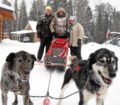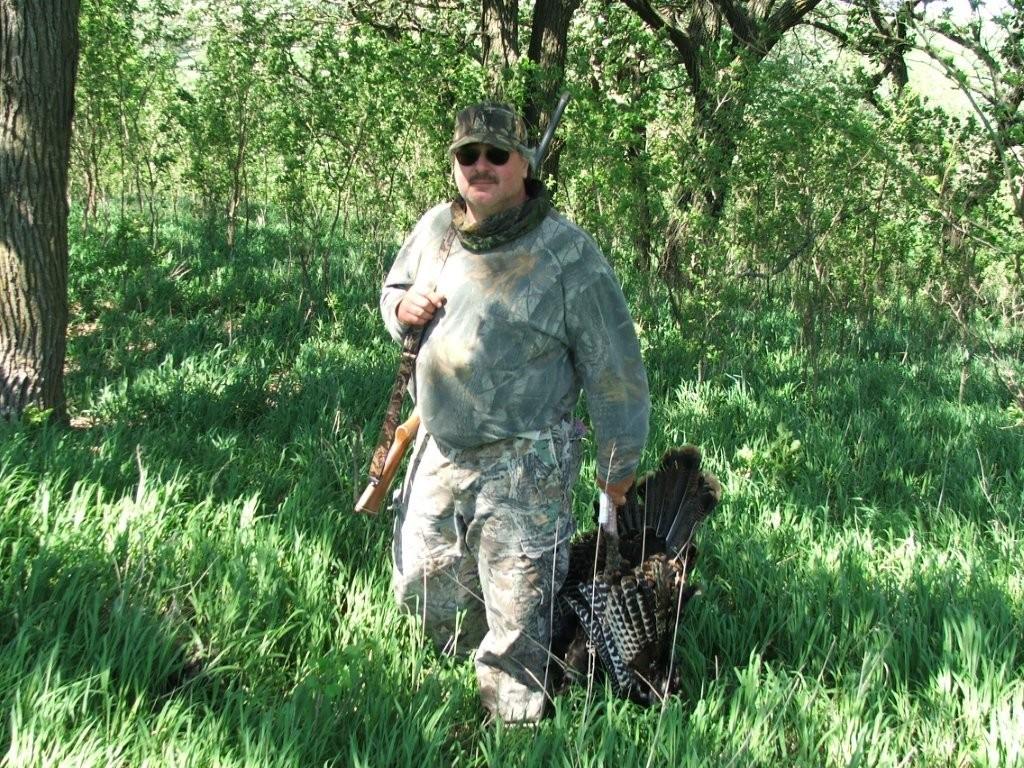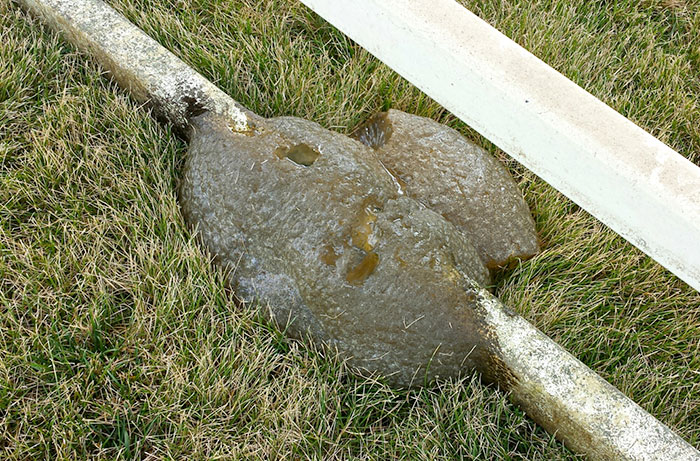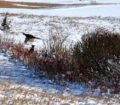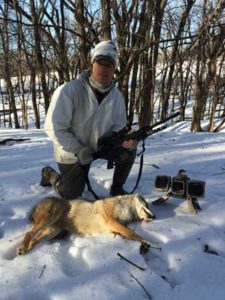 By Clark Schmitz
By Clark Schmitz
The Wiley coyote has provided sportsman with a hunting challenge for generations. With the coyote’s expanding range, more or more hunters are getting the opportunity to match wits with this cagey predator.
Outdoor hunting programs such as “Predator Quest”, “Dead Dog Walking” and “Predator Nation” have popularized coyote hunting and more specifically calling coyotes. The increase in coyote hunters and the increase in those hunters choosing calling as a means to hunt the coyote has created somewhat of a calling evolution.
For many of us the early years of coyote calling included a rabbit in distress, wooden call, on a lanyard. The hand calls worked very well and allowed some customization of calling by varying the volume, body rotation and hand motion. The hand calls would freeze up at times and long periods of calling were difficult. As electronic callers gained popularity and electronics got more sophisticated game call manufacturers were able to produce electronic calls with a myriad of options and hundreds of sounds choices.
The remotely controlled electronic calls may not always increase your kill ratio, but it sure will make calling much easier. Being able to place the call up wind from the hunter while still being able to remotely change call sounds, and turn on/off a moving decoy at the call is convenient and productive. Electronic calls offer many other options including, playing two calls at the same time, varying volume at each speaker to create a sound that is moving, pre-program call sequences, and a change in a call sound initiated by the report of the rifle, to name only a few.
As the number of coyote calling hunters has increased, the coyote has learned to be a little more cautious explained Jeremy Doan, professional coyote guide from Sterling, ND. The rabbit in distress call is still used successfully but to be consistently calling in coyotes you need to think outside the box. Jeremy feels calls not commonly used can work best. The coyote is a curious animal and will check out bird distress sounds, sound of animals fighting, calf-in distress, goats wailing or gobbler-in-distress sounds.
Professional hunter Mark Kayser from South Dakota uses distress calls on a limited basis and feels the odds are if the distress calls are successful the coyote will likely be a young animal. Mark likes to use coyote sounds to get the interest of mature coyotes. Mark likes lone male howls, as well as other coyote vocalizations. Mark also uses what he calls “Curious George Sounds”, unusual sounds that will attract coyotes do to their curious nature. Mark and other avid coyote callers all seem to agree that a calling set should last at least 20 to 30 minutes to give the hesitant coyote time to show up.
The wary coyote is once again demonstrating his will to survive by adapting to changes in his environment.
Good Luck!
Clark Schmitz

